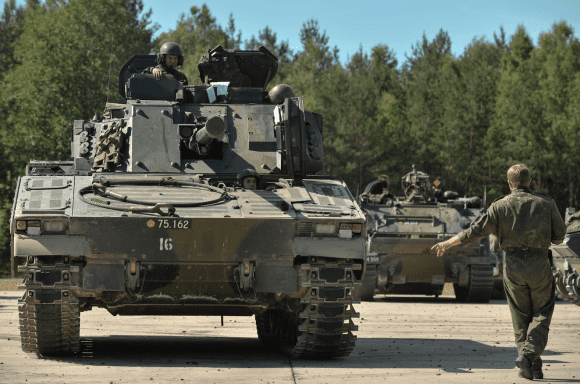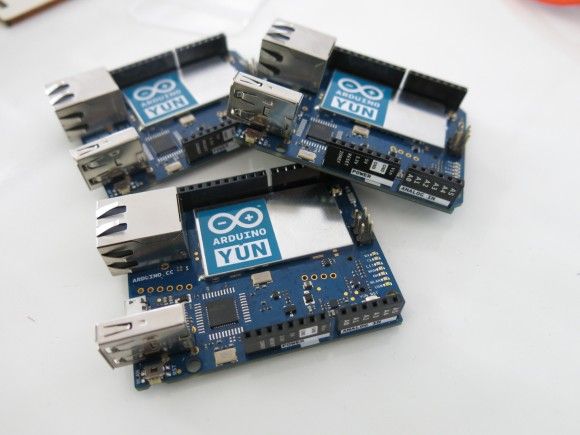Industry
Polish Navy’s Coastal Defence Missile Squadron Receives a Polish Communications Suite
Polish Navy’s Coastal Defence Missile squadron is going to be using a Polish Communications Suite, manufactured by the Transbit Sp. z o.o company. Thus, the element constitutes a good example for effective adaptation and implementation of the solutions provided by the Polish industry, for the purpose of being used with a modern weapons system acquired from a foreign contractor.
The initial offset agreement and the related contract (with a value of PLN 420.9 million) pertaining to procurement of the NSM anti-ship missiles and the equipment destined to be used by the Polish Navy’s Missile Squadron was concluded by and between the Polish Ministry of Economy and Ministry of Defence and the Norwegian Kongsberg company, on 30th December 2008. According to the consortium-forming memorandum, Polish Transbit Sp. z o.o company was to deliver a tactical communications system, providing equipment for the twenty three vehicles of the coastal battery that were procured at the time. The company was to implement its own, original technological solutions and integrate them with the equipment (primarily the radios) delivered by other Polish manufacturers, including Radmor S.A based in Gdynia and Research and Development Centre for Maritime Technology from Gdynia (OBR CTM S.A).
Within the whole initiative, Transbit company was also obliged to:
-
Develop a design pertaining to the communications network, with additional involvement of the experts hailing from the PIT-RADWAR and Kongsberg companies, who both acted as the entities whose role was to define the relevant requirements;
-
Act as the integrator of the Coastal Missile Defence Squadron’s communications suite (due to the type of the equipment and software delivered).
From the very beginning, it was assumed that cable-wireless communications system would be used, in which wire-based and fibre-optics-based connections would be used simultaneously and at the same level, as the radio communications network of the whole squadron. Such solution was to provide the suite with a high degree of reliability, since, as Transbit claimed: “Wired connections are automatically doubled with radio connections, while proper and effective data flow within the IP network is ensured by the network operation mechanisms, coupled with a broadband radio network. Usage of specific transmission media may be decided upon in the light of support or relevant routing protocols”.
The final decisions related to the type of the Polish communications suite components to be used within the Coastal Missile Squadron were made back in 2009. At the time, it was assumed that the squadron is going to make use of the first Polish R-450C broadband SDR IP class digital radio.
The assumption was that, similarly as in other modern systems of this class, data transmission of any kind would be realized via the IP network primarily. The whole infrastructure was prepared to process the confidential information, in line with the regulations in force at the time.
The works on that communications suite dedicated to be used with the first missile battery, were finalized in June 2013, after a relevant test programme was carried out, and after the Ordering Party received the whole system. The test programme results were positive, thus, as we are being assured by the representatives of the Transbit Sp. z o.o company, the next coastal missile unit is going to be equipped with a virtually unchanged communications suite. In this way, the new Naval Missile Unit (Morska Jednostka Rakietowa - MJR) is going to have a coherent communications network at its disposal, altogether delivered by the Transbit Sp. z o.o company.
Communications Suite Layout
Transbit Sp. z o.o devices have been fitted within all of the vehicles of the Coastal Missile Defence Squadron. Mobile Command Centre vehicles play an important role within the whole infrastructure, since these platforms provide long-range communications and they make it possible to manage the network as a whole. The network management procedures are realized with the use of the SZAŁ (Frenzy) IT network management software suite, developed by the Transbit company. The software in question also makes it possible to continuously monitor the status of the ICT system, both when it comes to the telecommunications, as well as when it comes to the IT layer.
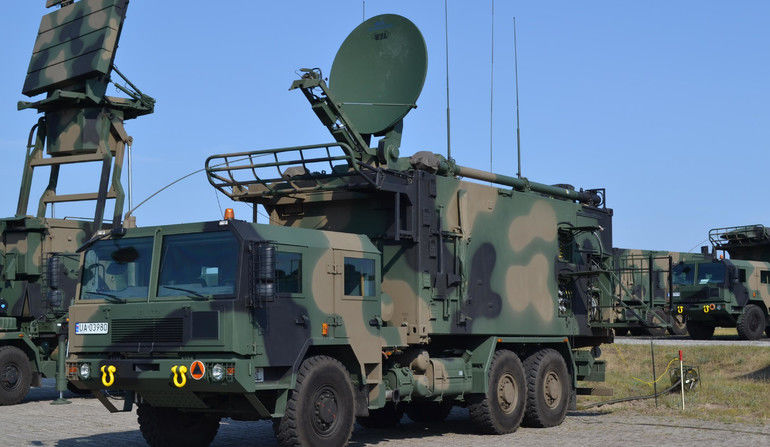
During the process in which the communications suite was being completed and verified, some of the assumptions needed to be checked and verified, within the scope of the devices that were planned to be applied within the network. For example, it turned out that the quantity of system-related data within the IP network, as well as the number of the VoIP (Voice over Internet Protocol) voice connections based on a digital data transfer are both too large, exceeding the capabilities of the radio equipment manufactured abroad, which was initially expected to be used in order to create the communications suite for the Coastal Missile Squadron.
The analysis has shown that the R-450C digital radio which is being manufactured by the Transbit company would constitute a better solution, when it comes to the usable bandwidth of real time transmission.
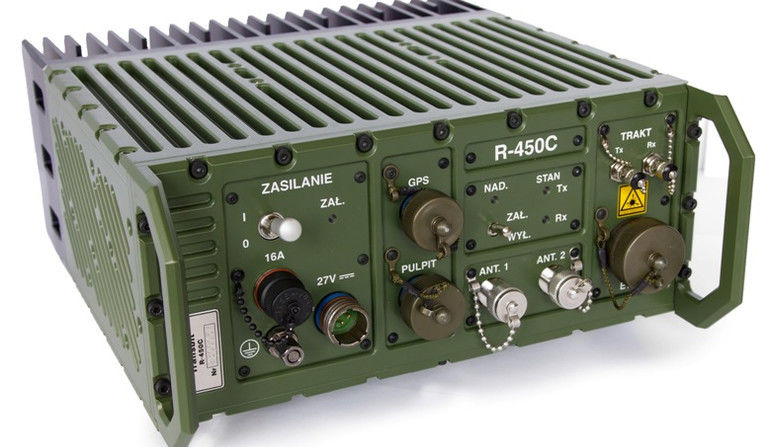
The new waveform shape, tailored to the needs of the Coastal Defence Missile Squadron (in the light of the fact that functions were to be changed, and due to the fact that the quantity of the transmitted data was underestimated), was developed independently by the Transbit Sp. z o.o company, in order to meet the tactical and technological requirements imposed by the designers of the whole suite. This was possible due to the fact that the device falls within the category of Software Defined Radios. The company was able to achieve the required radio communications parameters within the process during which the individual battery and squadron were being integrated, through software-based modification of the waveform. In this way, no changes were required within the scope of the system equipment-wise. This eliminated any chance of unexpected delays pertaining to the undertaken initiative.
Polish Navy’s Coastal Defence Missile Squadron Communications Suite
Transbit Sp. z o.o devices provide most of the functionalities related to communications among the Coastal Defence Missile Squadron components. For example, compatibility between the broadband R-450C radios and digital R-450A microwave transmitters manufactured by the Transbit company is provided by ZZL-12E1 linear end points (IP routers), also provided by Transbit. And the situation is similar in virtually any location of the structure of the connectivity system.
The final points of connection between the user and the suite took a form of digital AC-16IP desktop stations, also manufactured by the Transbit Sp. z o.o company. These devices are used to provide automatic telephone and order-related communications based on the VoIP technology.
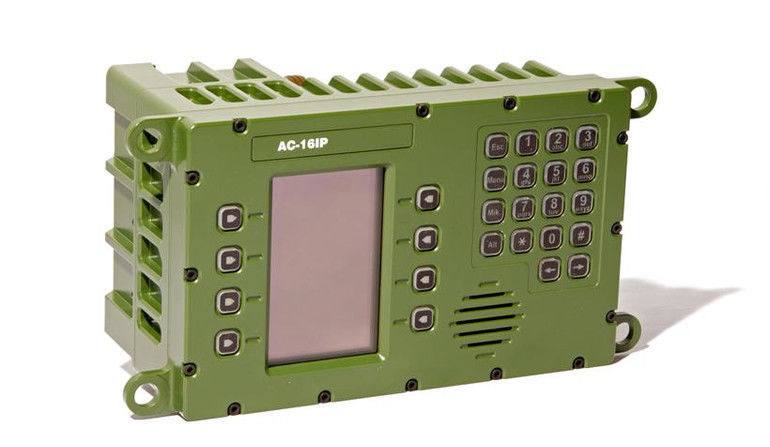
Each of the panels is fitted with a monochromatic LCD display, illuminated keyboard and an output that is used to connect a set of stereophonic headphones, with each earpiece being independent from the other one. Such solution makes it possible to monitor two voice connections simultaneously. A single communications unit allows for synchronization of up to five independent VoIP connections at the same time.
ŁK-24A4, ŁK-24V1, KD-2IP1 and KD-2IP transfer switch-multipliers with embedded IP routers are responsible for realization of voice and data transmissions, pertaining to the data created within the Coastal Missile Defence Squadron Servers. These units have also been developed by the Transbit Sp. z o.o company.
ŁK-24A4 transfer switch-multiplier is destined to be used as a structural block of digital communications suites with primary channels bandwidth defined as 16, 32 i 64 kb/s, with additional option of establishing multi-channelled connections. The unit is also expected to create framework IP networks, provides a wide range of WAN (Wide Area Network) connectivity and connections commutated between the network routers.
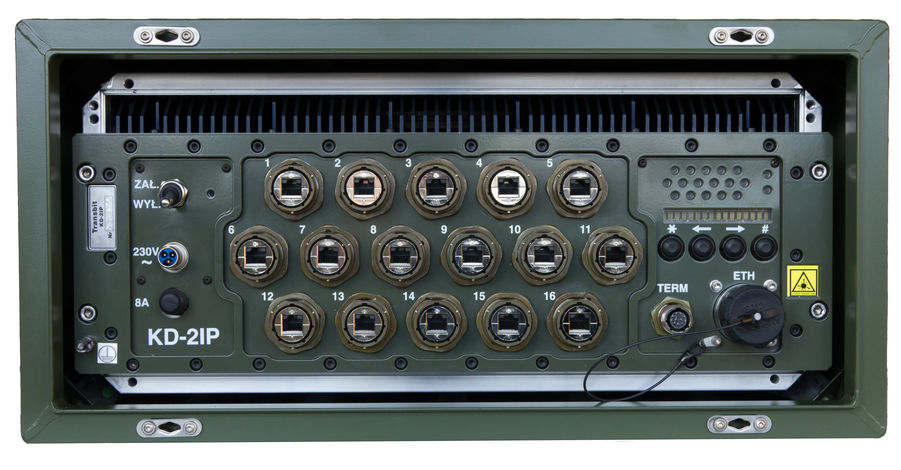
It is a universal device, since it may be used both as an Ethernet switch router (up to 12 ports), telephone exchange (for VoIP phones) and classic telephone exchange unit (for up to 20 digital and analogue phones of a variety of types). The units are also fitted with special radio-management packages, compatible with the radios electricity- and software-wise.
The ŁK-24V1 transfer switch-multiplier is a device which makes it possible to create access points between the digital telephone networks and the VoIP communications networks. This makes it possible e.g. to create local or wide networks on the basis of a 14-port high performance router, with 12 electric and 2 optical ports.
KD-2IP is a universal field device, acting as a router with an Ethernet switch for sixteen ports and as a phone exchange for thirty VoIP phones. The unit may be operated independently as a phone exchange unit and as a network switch. It may also be coupled with RWŁC-10/T/K mobile communication nodes, or be used as an expansion element for those nodes. It may also be coupled with TDMA satellite communications system or other IP transmission networks.
KD-21P1 is an access switch, making it possible to create local IP networks, encompassing VoIP phones and computers. It may also be used as a satellite communications node, IP communications system or a telephone exchange unit. Connections with other devices (up to 30 channels) are being realized via fiber-optics or shielded Ethernet cables.
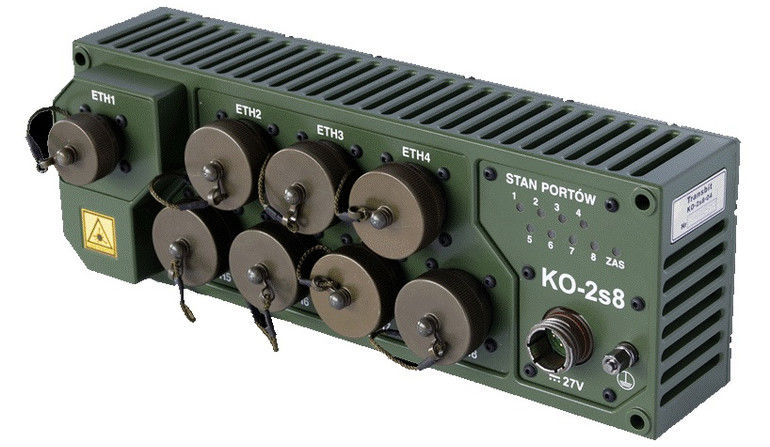
When the system was being designed, it was assumed that the local networks of the Squadron will be based in the Transbit KO-2s8 network switches. Each of those units makes it possible to connect eight Ethernet plug devices, including seven based on electric, and one based on optical connection.
What is the future of the solutions used within the Coastal Defence Missile Squadron?
All of the solutions developed and applied in case of the Coastal Defence Missile squadron, when it comes to the IT equipment, may also be applied in any other system which is being introduced into the inventory of the Polish Armed Forces.
The discussed hardware and software may become a foundation for the communications subsystem for the prospective Polish integrated air defence system. The experiences gathered when the Naval Missile Unit’s communications infrastructure was being established also became a basis for development of a brand-new RADION tactical communications suite. This is a secure, universal and complete system, which makes it possible to use it in case of a variety of units, such as single effectors, vehicles or communication nodes.
Components of the RADION system are placed at core of communications, within the structure of numerous products manufactured by the Polish Armament Group, such as communication nodes or radar stations. At the moment, RADION suite is expected to be used in an anti-aircraft battery equipped with the PSR-A PILICA VSHORAD system. The battery will become a part of the long range (Wisła) and short range (Narew) air defence missile units. However, according to the declarations made by the manufacturer, using the system within the remaining components of the aforementioned air defence elements is also possible. The suite described has also been implemented as an ICT platform applied in the Comarch C3ISR command support suite used to control the UAV systems manufactured by the Air Force Institute of Technology.
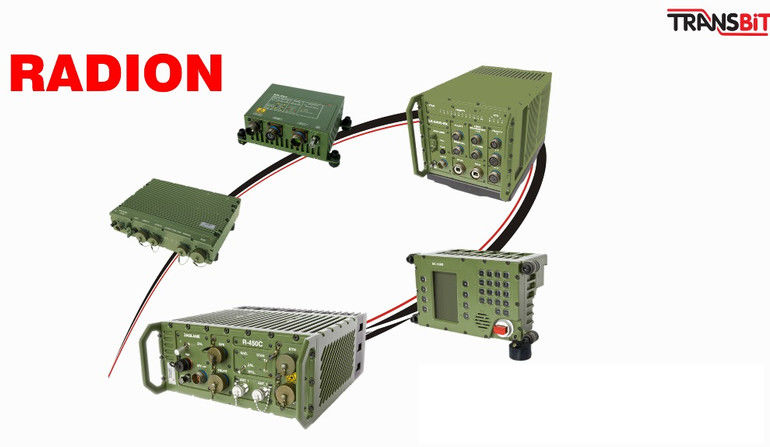
Representatives of the Transbit company note:“The experience gathered during the Coastal Missile Defence Squadron Programme were put into good use, for the purpose of significant improvement of functionality, both when it comes to the individual components, as well as when it comes to the whole system, which allows us to state that the units of the system are one of the best Polish solutions altogether, sufficiently innovative and track-proven at the same time, verified in realistic conditions, starting from the individual small units, finishing with the whole ICT infrastructure, long range microwave connections and IP radio network.”
The article has been written on the basis of the materials provided by the Transbit Sp. z o.o company - http://transbit.com.pl/


